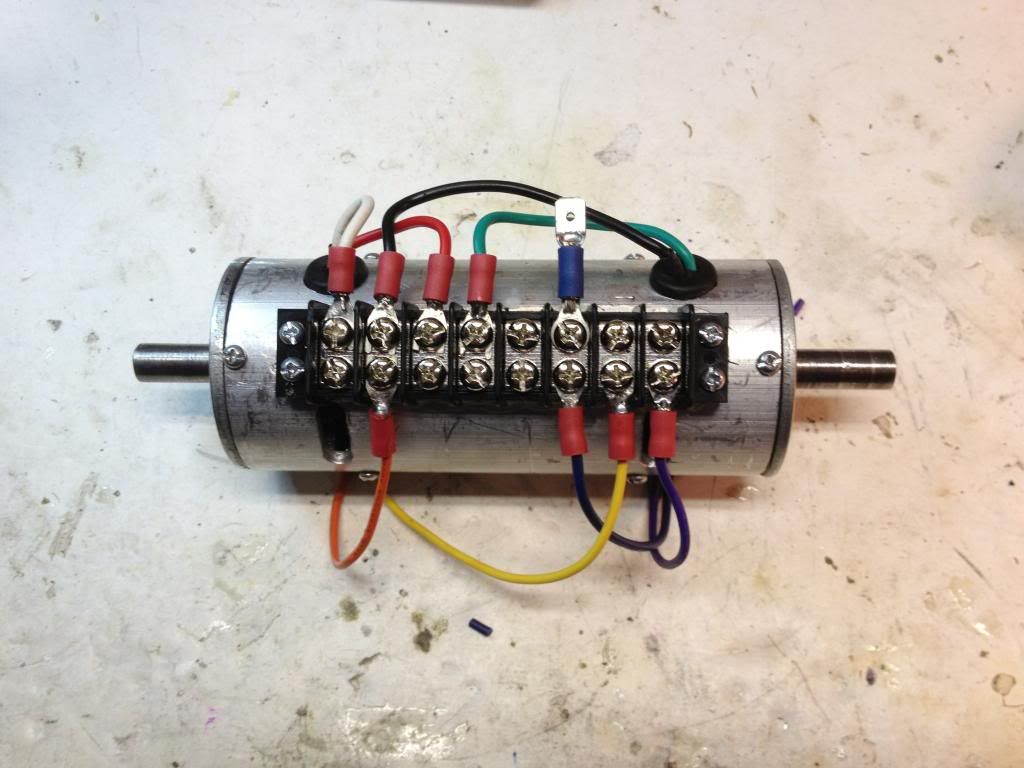Originally posted by Hitby13kw
View Post
Please note that the gate resistors need to be adjusted to your very setups with original Battery, GNDs ..... Sorry for confusion. I posted it elsewhere but did not enter it in the doc

Sorry this matter is not easy.
If you want to get it dead safe use a 47 Ohm resistor initially. While testing check for heat bacaus switching wil be somewaht slower but relatively safe from spurious oscillations.
If you have a scope check for oscillations (gate, dource) when you drive a real resistor (not wound) or bulb. Check without gate resistors first in order to get a reference. After any edge they will possible be some percussions. Take a note of the frequency you found. It should be much more higher than the frequency your motor coil sproduce later on.
Check with resistors from 47 down to 3. Do not use a pot! Solder 50Ohm solder one additional inparallel (24Ohm), 3 in paralel ..... (metal film resistors preferred because they have no carbon winding below th paint) and look if the gate oscillations cease as much as possible.
The optimum resistor shold be as low as possible with smoothest gate signal.
Please note that a coil being connected as load will pump charge to the gate and make the gate somwhat oscillating with the natural coil frequncy. The genuine FET oscillations will have a much higher frequntry than your coil. Check again if you find teh genuine FET frequency. You might need a scope with 100MHz or more.
JS





Comment